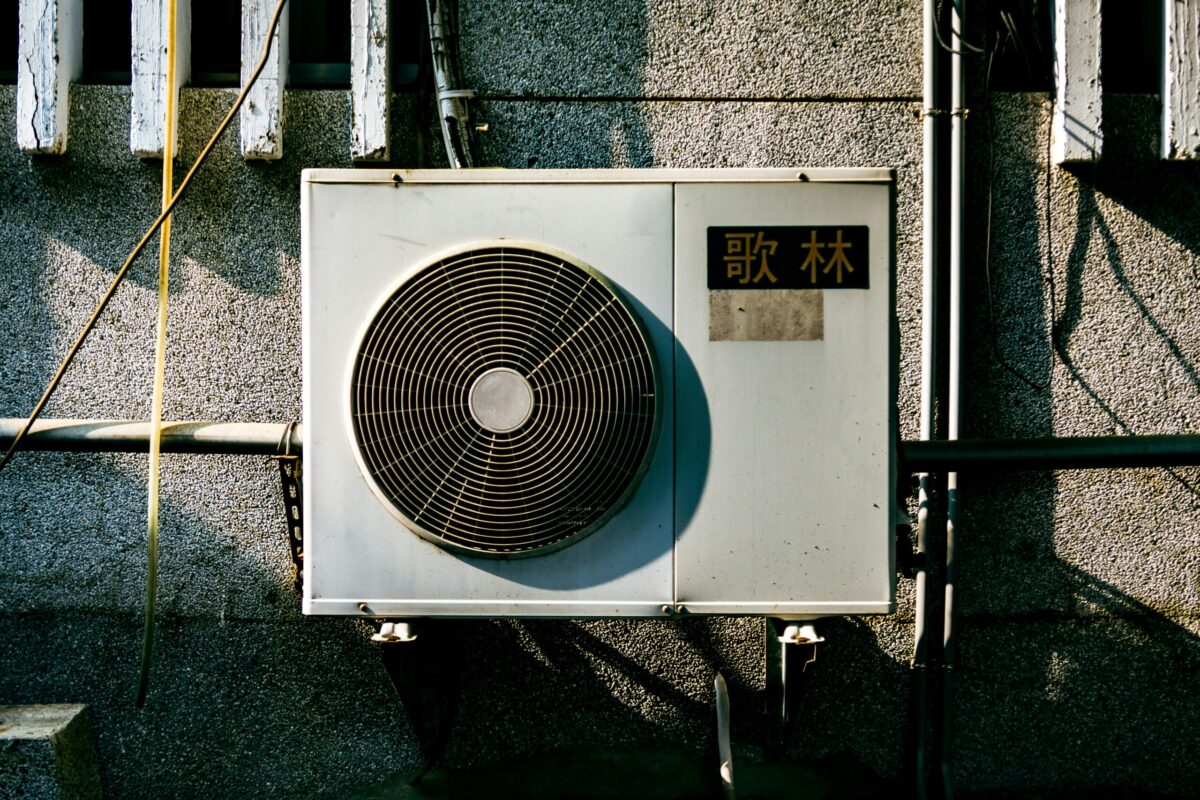Chinese perovskite cell maker Microquanta Semiconductor says its research team achieved a 14.24% conversion efficiency record for a large-area (200x800cm2) perovskite solar module. The device has reportedly passed testing by the European Solar Test Installation agency.
The latest record comes just two months after Microquanta achieved an 11.98% landmark for a large module.
Hangzhou-based Microquanta was established in 2015 by three students returning from periods abroad. Chief executive Jizhong Yao graduated from Zhejiang University and the University of New South Wales before gaining his PhD at Imperial College, London.
The business has focused on perovskite cell and module R&D from day one. In June last year, Microquanta achieved a lab conversion efficiency record of 17.9% (17.3% stable rate) with its perovskite solar module, and the company then turned to large-area devices.
Yao and his team initially secured private funding for the business and were then helped by their local government and China’s key R&D funding program. In April, state-owned energy company the China Three Gorges Corporation made a strategic investment in Microquanta aimed at perovskite technology research and commercializing perovskite solar.
Microquanta told pv magazine it has opened a 20 MW production capacity perovskite module pilot line and is working on a mass production facility in Quzhou, in Zhejiang province.
Time to step UP
 pv magazine is investigating the use of lead, a highly toxic material, in solar module manufacturing as part of our UP campaign focusing on sustainability across the renewable energy industry. The use of lead in perovskite solar cells is a divisive issue. Should manufacturers use alternative materials, possibly at huge commercial risk, or is lead a necessary evil in the high efficiency solar modules required to attempt to mitigate catastrophic climate change in the short time we have left to do so?
pv magazine is investigating the use of lead, a highly toxic material, in solar module manufacturing as part of our UP campaign focusing on sustainability across the renewable energy industry. The use of lead in perovskite solar cells is a divisive issue. Should manufacturers use alternative materials, possibly at huge commercial risk, or is lead a necessary evil in the high efficiency solar modules required to attempt to mitigate catastrophic climate change in the short time we have left to do so?
Keep an eye out for the October print edition of pv magazine for an update on how lead is used in perovskite solar cells.
This content is protected by copyright and may not be reused. If you want to cooperate with us and would like to reuse some of our content, please contact: editors@pv-magazine.com.



This seems to be the very first perovskite solar module on the market, but how long is thier guarantee, is it like other silicon ones for 25 years or maybe just three, we will see…
How did they solve the short life span, others are still working on???